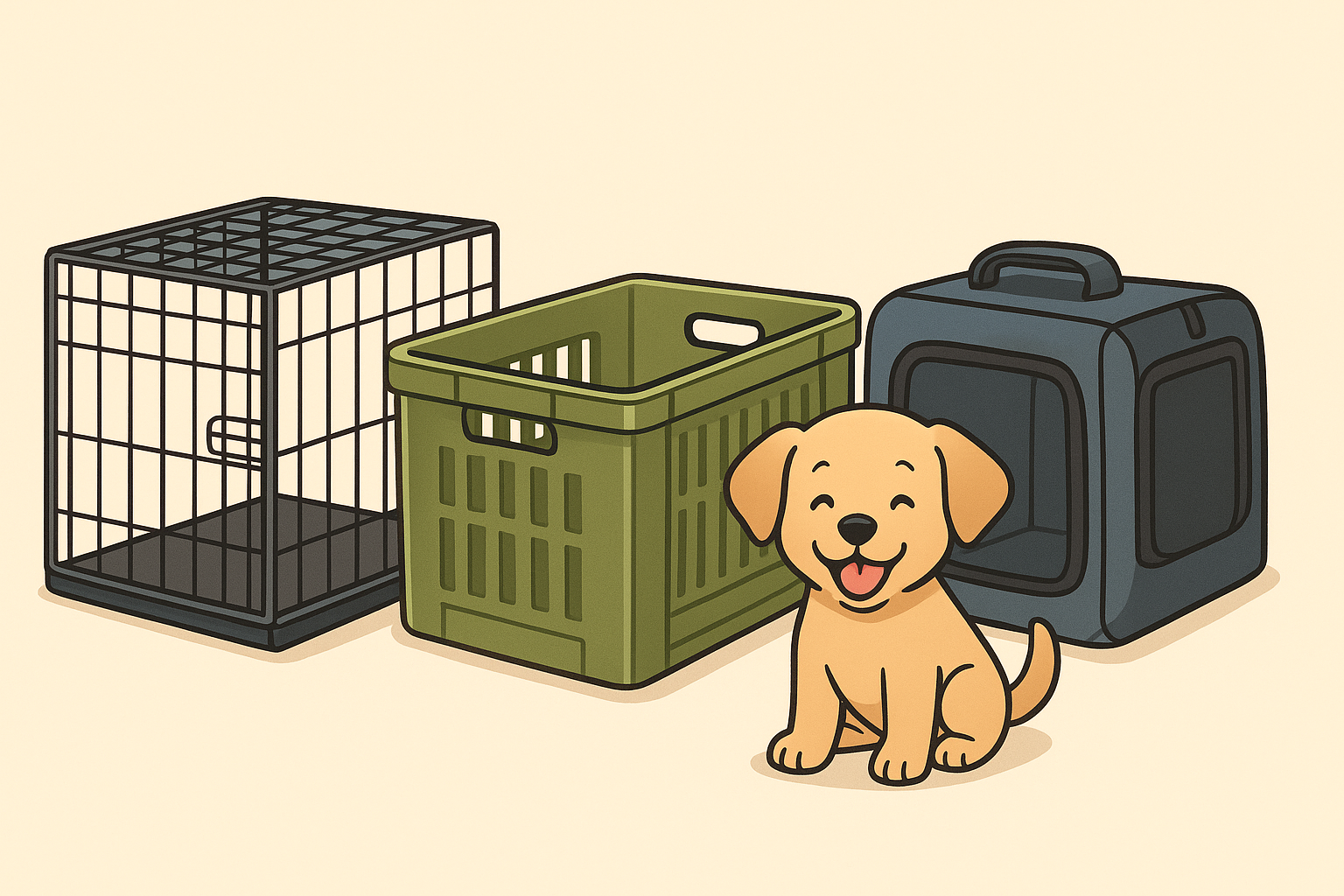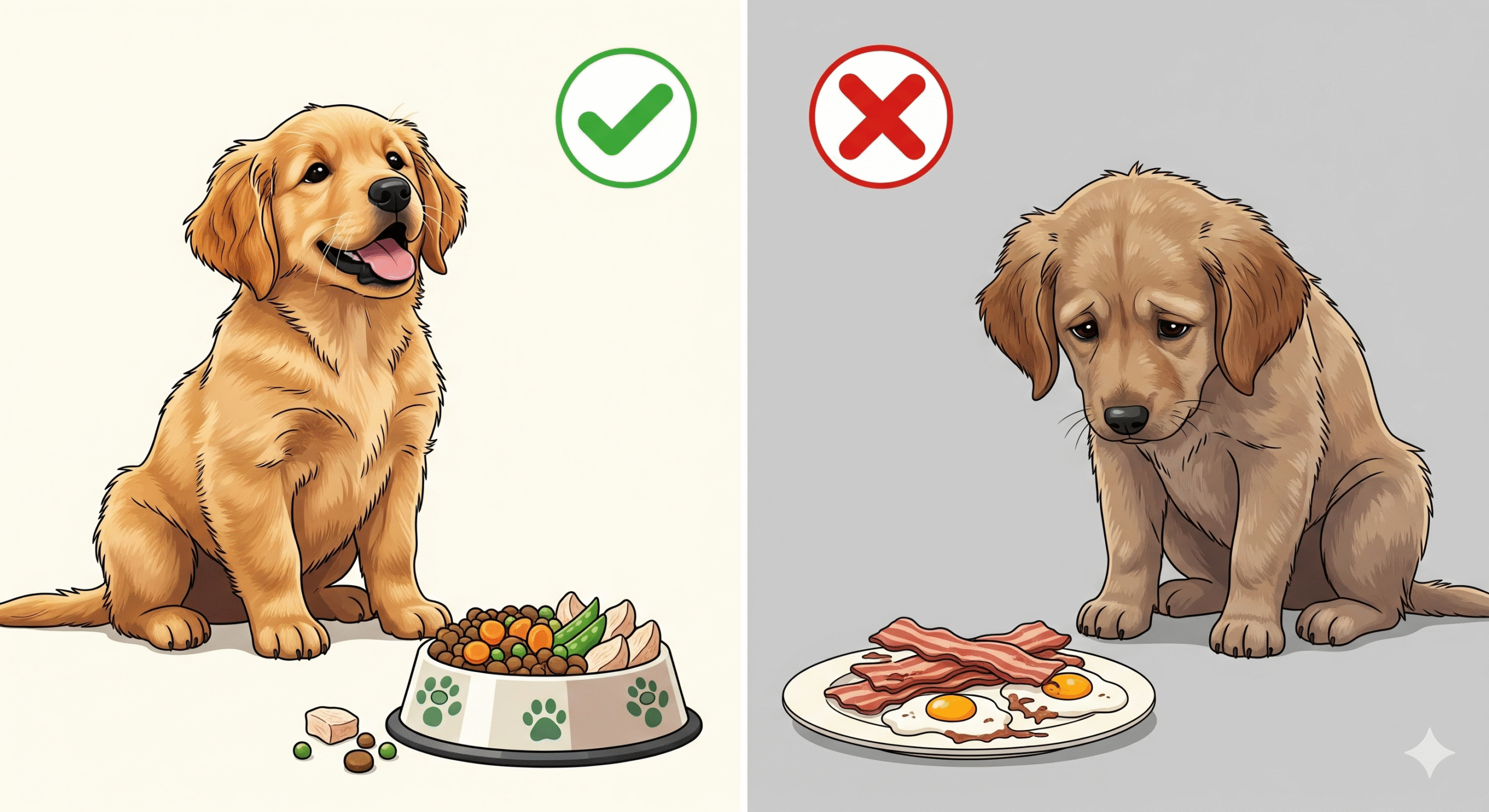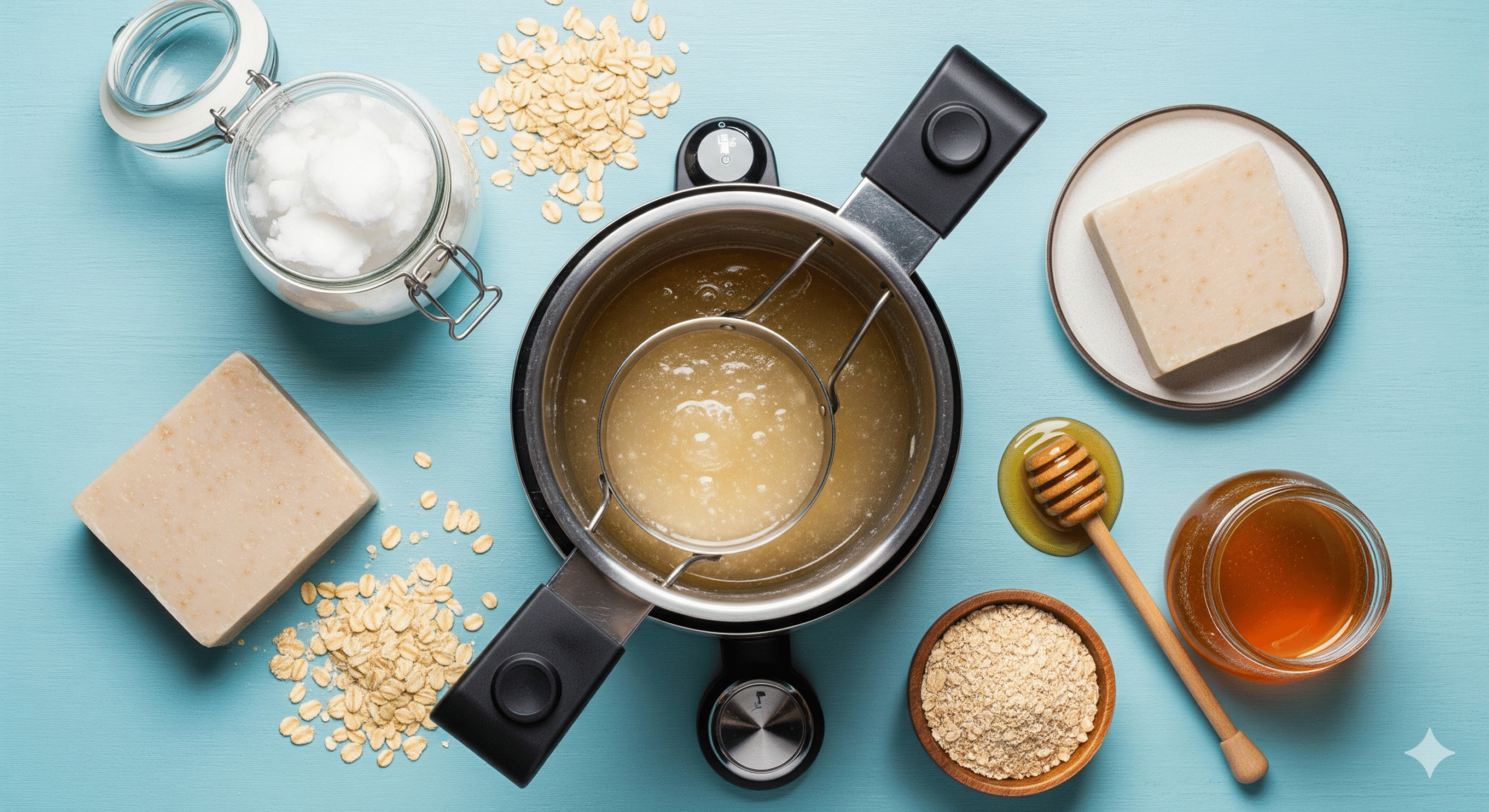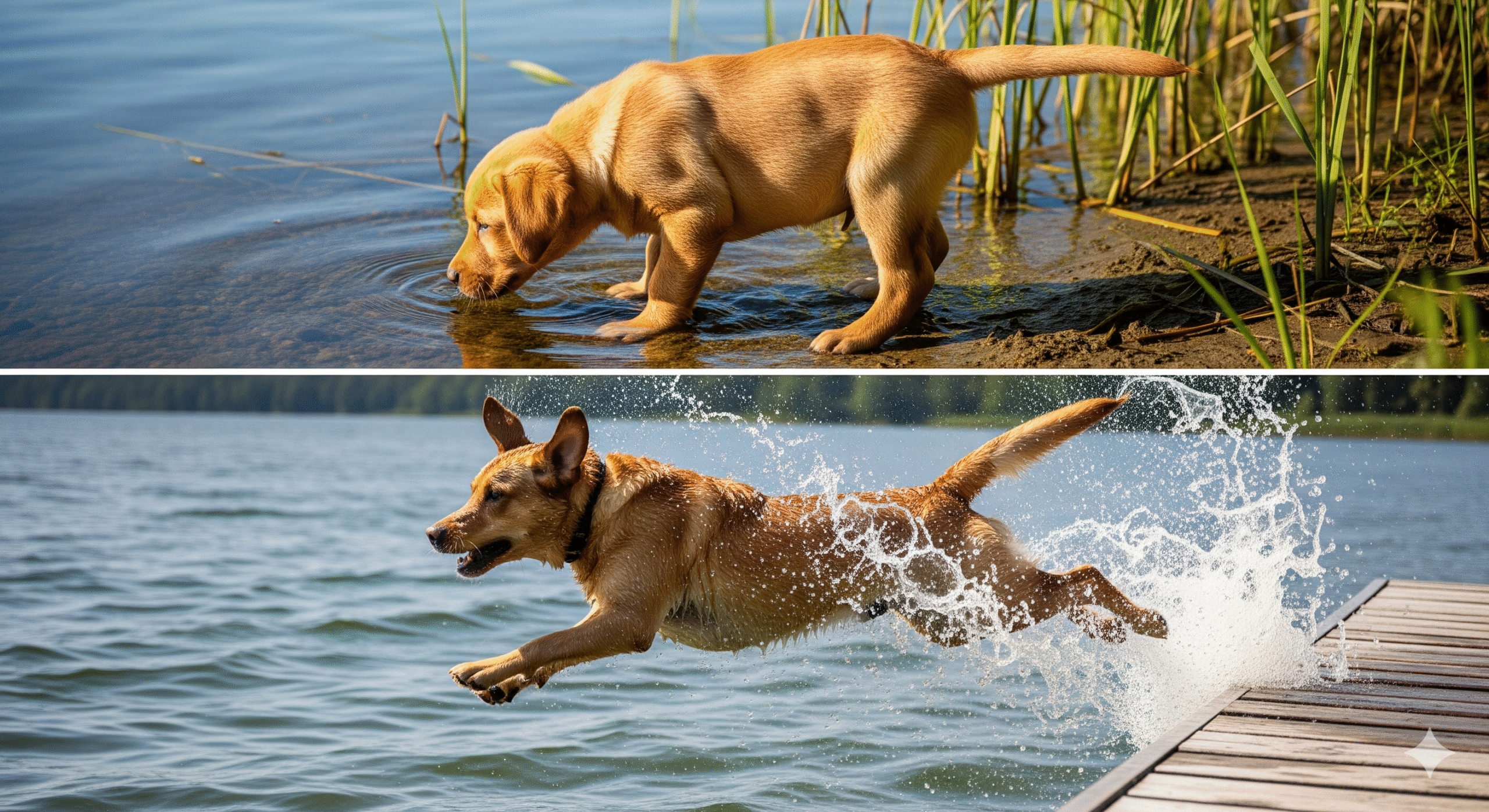Bringing home a new puppy is an avalanche of joy, cuddles… and crucial decisions. One of the most important investments you’ll make is in a quality crate. Far from being a cage, a best puppy crate is a powerful tool for potty training, creating a safe den for your pup, and ensuring their safety during travel. But with so many types—wire, plastic, soft-sided, and heavy-duty—how do you choose the right one?
This definitive guide will walk you through everything you need to know. We’ll break down the pros and cons of each crate type, provide top product recommendations, and share expert tips for making the crate a happy place for your furry friend. Let’s find the perfect den for your pup! 🏡
Why a Crate is Your Secret Weapon for Puppy Training 🎯
Before we look at types, it’s essential to understand the “why.” When used correctly, a crate is a positive, multi-functional tool.
- Potty Training Powerhouse: Dogs naturally avoid soiling their sleeping area. A properly sized crate leverages this instinct to teach bladder control and accelerate housebreaking.
- Safe Haven: A crate provides a personal, secure retreat where your puppy can relax and feel safe from household chaos (e.g., vacuum cleaners, visiting children).
- Destruction Prevention: It keeps your puppy (and your belongings) safe when you can’t directly supervise them, preventing chewing on electrical cords or furniture.
- Travel Essential: A secure travel crate is the safest way to transport your dog in the car and is often mandatory for air travel.
Expert Insight: “Think of the crate as your puppy’s bedroom. It’s not a time-out spot. It should be their favorite place in the house, filled with positive associations, comfy bedding, and special treats.” – Sarah Wilson, Certified Professional Dog Trainer.
How to Choose the Right Size Crate for Your Puppy 🐕
Getting the size right is critical for both potty training and comfort.
- Measure Your Puppy: Have your puppy stand up.
- Length: Measure from the tip of their nose to the base of their tail.
- Height: Measure from the floor to the top of their head or ears (whichever is taller).
- Add Growth Room: For the best puppy crate that will last, choose a size that will accommodate your dog’s expected adult size. The crate should be large enough for them to stand up, turn around, and lie down comfortably.
- Use a Divider Panel: Most wire crates come with a divider. This is your best friend! It allows you to block off the excess space in a large crate, making it cozy for your small puppy and preventing accidents in the back corner. You can move the divider back as they grow.
The Top Types of Puppy Crates: Pros, Cons & Best Uses
Here’s a breakdown of the four main types of crates to help you decide which is the best puppy crate for your lifestyle.
1. Wire Crates: The All-Around Training Champion 🥇
These are the most common and versatile crates, ideal for home use and training.
- Pros:
- Excellent ventilation and visibility, which helps reduce anxiety.
- Collapsible for easy storage and transport.
- Often come with a divider panel for growing puppies.
- Easy to clean with a wipe-down tray.
- Cons:
- Not approved for airline travel.
- Less den-like; some puppies prefer more enclosure.
- Heavier than soft-sided options.
- Best For: Everyday home use, potty training, and puppies who don’t feel confined in open spaces.
- Top Pick: MidWest Homes for Pets iCrate. This is a industry staple for a reason. It’s affordable, durable, includes a divider and tray, and comes in a huge range of sizes.
2. Plastic (Travel) Kennels: The Secure Traveler ✈️
These are the hard-shell kennels you often see at airports.
- Pros:
- Airline-approved for cargo and cabin (always check specific airline rules).
- Sturdy and protective; provides more security and a cozy, den-like feel.
- More enclosed, which can make anxious pups feel safer.
- Cons:
- Heavier and bulkier, not as easy to store.
- Less ventilation than wire crates.
- Typically does not come with a divider.
- Best For: Air travel, car travel, and dogs who prefer a more enclosed space.
- Top Pick: Petmate Sky Kennel. The gold standard for travel. It’s robust, secure, and meets most airline requirements. Features sturdy ventilation on all sides and secure latch doors.
3. Soft-Sided Crates: The Lightweight Portable Option 🎒
These crates are made of fabric and mesh on a flexible frame.
- Pros:
- Extremely lightweight and portable.
- Often designed to look like furniture.
- Great for short trips to the vet or visiting friends.
- Cons:
- Not chew-proof or escape-proof. Only suitable for well-trained, calm dogs.
- Difficult to clean if there’s an accident.
- Not suitable for anxious puppies or those with separation anxiety.
- Best For: Already crate-trained, non-destructive adult dogs; short-term containment in familiar environments.
- Top Pick: AmazonBasics Soft-Sided Pet Carrier. A fantastic, affordable option for car rides and visits. It’s well-ventilated and has several pockets for storage.
4. Heavy-Duty & Furniture Crates: For Strength and Style 🛋️
These are designed for powerful chewers or to blend into your home decor.
- Pros:
- Extremely durable and secure for strong, determined dogs.
- Furniture-style crates double as end tables or side tables.
- Often made from beautiful materials like wood or aluminum.
- Cons:
- Very expensive.
- Heavy and not portable.
- Limited ventilation compared to wire crates.
- Best For: Powerful breeds (e.g., Huskies, German Shepherds), determined escape artists, and owners who want the crate to match their home’s aesthetic.
- Top Pick: Impact Dog Crates (Collapsible). The ultimate in security and durability. While pricey, they are virtually indestructible and are a lifelong investment for owners of powerful dogs.
Top 5 Crate Training Tips for Success🏆
The best puppy crate is useless if your pup hates it. Follow these tips to create positive associations.
- Make it a Happy Place: Never use the crate for punishment. Toss high-value treats inside and let your puppy choose to go in and get them. Feed meals inside the crate with the door open.
- Start Slow: Begin with very short periods (5-10 minutes) while you are home. Gradually increase the time as your puppy shows they are comfortable.
- Crate When Tired: A sleepy puppy is more likely to settle down. Use the crate for enforced naptimes throughout the day.
- Provide Entertainment: A long-lasting chew like a Kong stuffed with peanut butter or a safe chew toy can make crate time something your puppy looks forward to.
- Ignore the Whining (Within Reason): It’s normal for a puppy to whine for a few minutes when first introduced to the crate. If you let them out while they are whining, you teach them that whining works. Only let them out when they are quiet. (Always ensure they don’t need a potty break first!).
Conclusion: Your Puppy’s Home Within a Home
Choosing the best puppy crate is one of the most responsible decisions you can make as a new pet owner. For most, a sturdy wire crate with a divider is the perfect starting point for training at home. If travel is in your future, investing in an airline-approved plastic kennel is a must.
Remember, the goal is to make the crate a safe, comfortable, and positive place for your puppy to retreat to. With patience, consistency, and the right crate, you’ll not only speed up the potty training process but also provide your furry family member with a lifelong sanctuary.
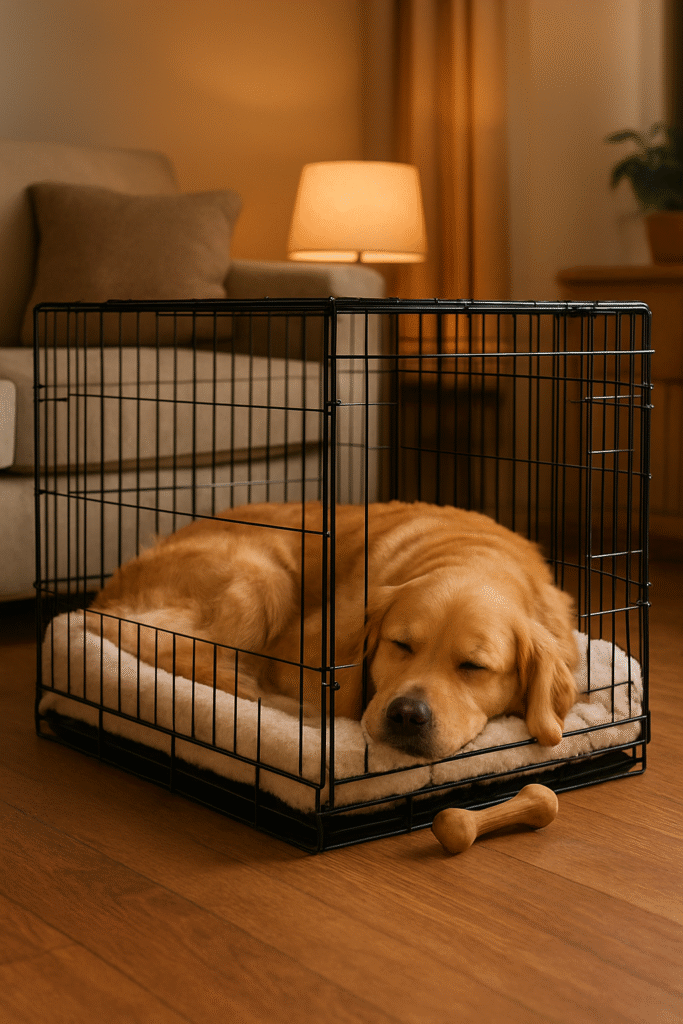
Final Thoughts: A Safe Puppy is a Happy Puppy
Remember, chewing is a natural and necessary behavior for a puppy. By providing plenty of appropriate toys and using positive redirection, you can teach your pup what is okay to chew on and what is off-limits. Consistency is key to success! 🏆
While training is your most powerful tool, managing their environment is just as important, especially when you can’t supervise them directly. Creating a safe space free from temptation is the ultimate secret to success.
⛑️ Proactive Tip: To make your training journey easier and prevent accidents, make sure you read our complete guide on Puppy-Proofing Your Home: Room-by-Room

